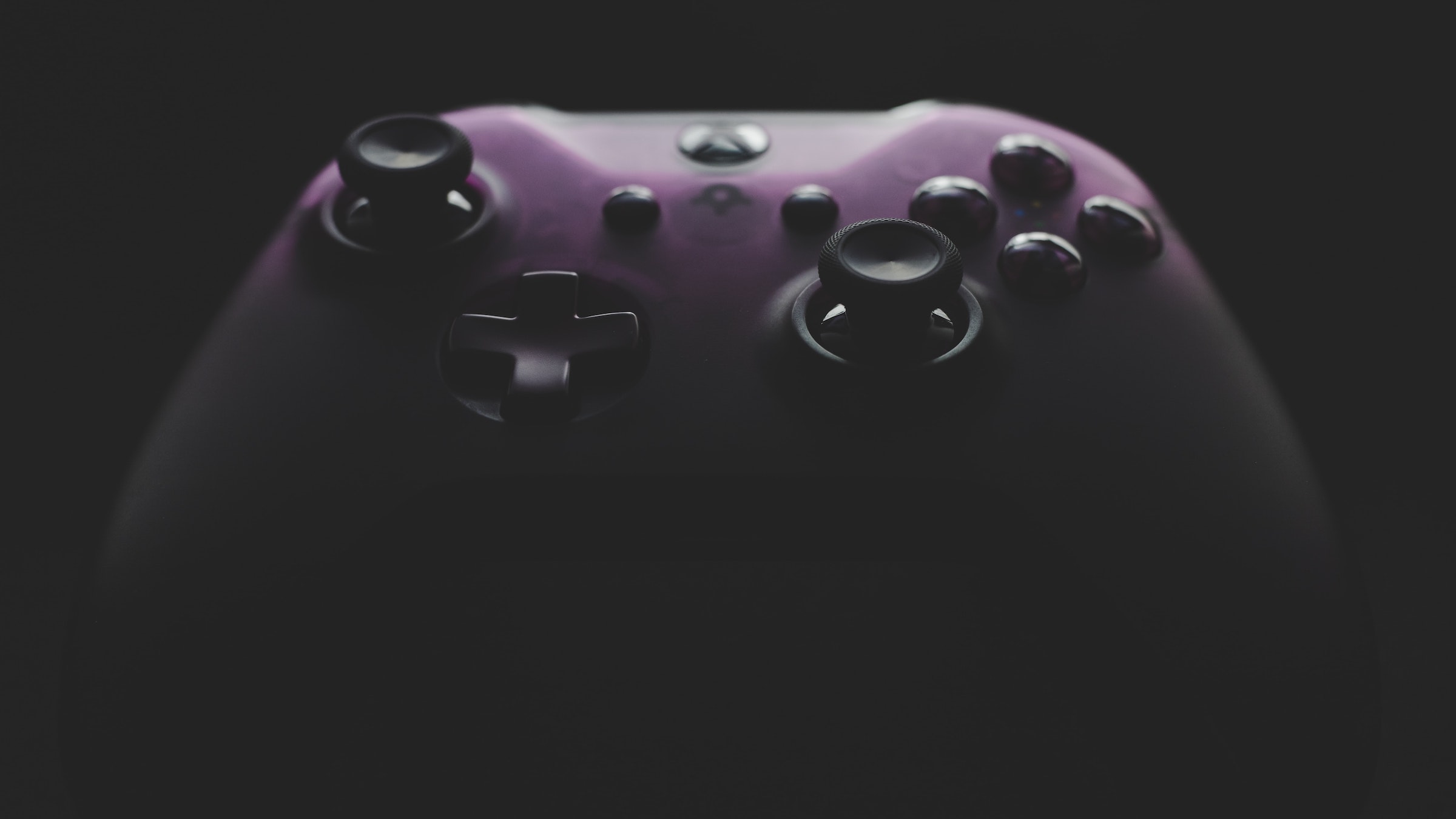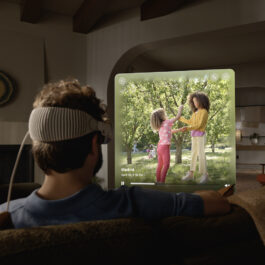When it comes to the gaming community, few arguments are as polarised as those surrounding the consoles and computers that we loved and enjoyed so much in our youth – and few topics warrant such fervent antagonism. With the PlayStation 5 currently up against the Microsoft Xbox Series X, it’s time to rein in those parochial feelings and enjoy our trawl through the best – and worst – of video game rivalries throughout the years. Let’s discover the winners and losers of gaming’s most bitter hardware battles.
Atari 2600 vs Mattel Intellivision
While it wasn’t the first cartridge-based video game system – that honour goes to the Fairchild Channel F – the Atari 2600, or Atari VCS, came to dominate home videogames in the late 1970s. The system also showed remarkable legs throughout the ‘80s, but it was in 1979 when this competitive enmity began. Mattel had been around since the 1940s and was chiefly known for its toy lines, most notably Barbie dolls. Having had success producing a range of LCD games in the middle of the decade, the suits at Mattel HQ decided that a powerful cartridge-based console, backed with progressive sports licences, would stand a chance against the Atari behemoth.
And they should have been right. While it had its flaws – the Intellivision’s controller was, let’s be honest, not great – the sharper graphics and superior power gave Mattel’s console a substantial visual advantage over the Atari 2600. “Two pictures are worth a thousand words,” said George Plimpton in a famous Mattel advertisement that compared Atari’s Home Run Baseball with the Intellivision’s Major League Baseball. There was indeed no comparison, but Atari had gotten there first and secured the market. Despite this factor, if Mattel had focused on its base console and games rather than an ill-judged exploration of ambitious add-ons, maybe history would note a different winner in this particular scrap.
Atari 2600 vs Intellivision Winner: Atari 2600
Sinclair ZX Spectrum vs Commodore 64
Spectrum versus Commodore 64 is possibly the most localised battle on this list; after all, throughout most of the world – especially in the United States – the ZX Spectrum was practically unknown, even in its Timex guise. The ZX Spectrum microcomputer, a distinctly British invention with its rubber keys and terrible sound, was the plucky underdog, pitched against the more powerful, sexier and altogether browner Commodore 64. The Commodore computer had a great sound chip, smooth scrolling and fast-moving arcade-style games. Yet, in the UK, it was run ragged by the ZX Spectrum.
Why? Initially, price. The 48K Speccy never retailed for more than £180, and this endeared it to parents who were reluctant to put more cash down on something they considered a fad. The result was an established user base that meant you could not ignore the Spectrum market if you released a game in the UK. While today kids argue over microscopic differences between Xbox and PlayStation games, back in the ‘80s, the Spectrum was technically well behind the American micro. That didn’t stop the arguments as we either stood behind our brave British challenger or laughed arrogantly at the superiority of the Commodore 64.
ZX Spectrum vs Commodore 64: A Draw (in the UK)
Sega Mega Drive vs Super Nintendo
Two mammoth consoles ushered in the prime of the 16-bit era, and both still inspire a passionate following over 30 years later. Sega was the first to market with its Mega Drive console (Genesis in the US). Then, Nintendo followed up the Nintendo Entertainment System in 1990, making sure everyone knew this was a significant upgrade by simply placing one word in front of its name: SUPER. The result was a console war to end all console wars, as both marketing departments engaged in a bitter skirmish focusing on the positives of their product while highlighting the negatives of their rival.
The Mega Drive had the ‘cool’ factor, something Sega continually pushed in its adverts. Its offerings were sports licences or brilliant arcade games, appealing to a mature audience. But pretty much as today, Nintendo had an incredible first-party roster, chiefly Super Mario Bros and Zelda. Technically, the Mega Drive had Sonic the Hedgehog and blast processing. But the SNES had Mode 7 and more vibrant colours. The Sega Mega Drive had its moments in both playgrounds and marketing – remember the Nintendon’t adverts? – but in the end, it was the SNES that became the more popular console, especially stateside.
Sega Mega Drive vs Super Nintendo Winner: Super Nintendo (in the US)
Nintendo Game Boy vs Sega Game Gear and Atari Lynx
This battle of the handhelds was perhaps the most bizarre, one-sided battle of them all. In the late 1980s, handheld gaming became a hot topic; we may take it for granted today, but back then, the ability to play games on the go was as mystical as it was alluring to most gamers. Nintendo and Atari got there first in 1989, before the Sega Game Gear followed – both it and the Atari Lynx looking impossibly good compared to Nintendo’s Game Boy. Crisp, full-colour graphics and meaty sound made the Lynx in particular the ultimate tech for portable gaming. So how come the blurry green Game Boy triumphed?
Firstly, the Game Boy appealed to a broader demographic, bringing in a range of players from outside the standard sphere. Secondly, it was significantly cheaper than its rivals and, thirdly and perhaps most critically, it had better battery life. Four AA batteries would give you almost ten hours of gaming compared with less than half of that on the other two. So yes, the Atari Lynx and Sega Game Gear were better. But no, neither of them even came close to the success of the Nintendo Game Boy.
Nintendo Game Boy vs Sega Game Gear and Atari Lynx Winner: Nintendo Gameboy
Sony PlayStation vs Nintendo 64
Having established a foothold in the early ‘90s thanks to the incredible success of the SNES, the video game market seemed like it was Nintendo’s to lose. And while it may have had its eye on Sega’s follow-up to the Mega Drive, a new rival entered the scene once the Sony-Nintendo partnership had ended acrimoniously in 1992. Ditched by Nintendo, Sony forged ahead with its CD-based console that would soon thrust gaming into the modern age. Nintendo, perturbed at the failure of Sega’s Mega CD add-on and the Philips CDi, pressed ahead with yet another cartridge system, the Nintendo 64.
It was a similar match to the previous generation’s Mega Drive-SNES face-off. But this time, the superior storage power and strong content of the Sony machine attracted a vast new audience to its console and, in the process, terraformed the video game environment. Unlike Nintendo, do not underestimate the power of PlayStation!
Sony PlayStation vs Nintendo 64 Winner: Sony PlayStation
Microsoft Xbox vs Sony PlayStation 2
Following up on the phenomenally successful PlayStation console seemed like an open goal for Sony, and there was to be no surprise result this time in an industry that has seen plenty of players blazing over with the goal at their mercy. Released a year before its main rivals, the PlayStation 2 trounced both the debut Microsoft console, the Xbox, and Nintendo’s late entry into disc-based gaming, the GameCube. It had already seen off Sega’s first-to-market effort, the Dreamcast.
The technically inferior Sony PlayStation 2 console stole a march on most of its competitors, and the inspired inclusion of a DVD player compelled millions of gamers to adopt it into their front rooms. The 100% backward compatibility bonus sealed the deal, as PlayStation owners were comforted knowing they already had a library of games to play. The resultant colossal variety of releases for the PlayStation 2 meant they needn’t have worried.
Microsoft Xbox vs Sony PlayStation 2 Winner: Sony PlayStation 2














Sorry, the comment form is closed at this time.